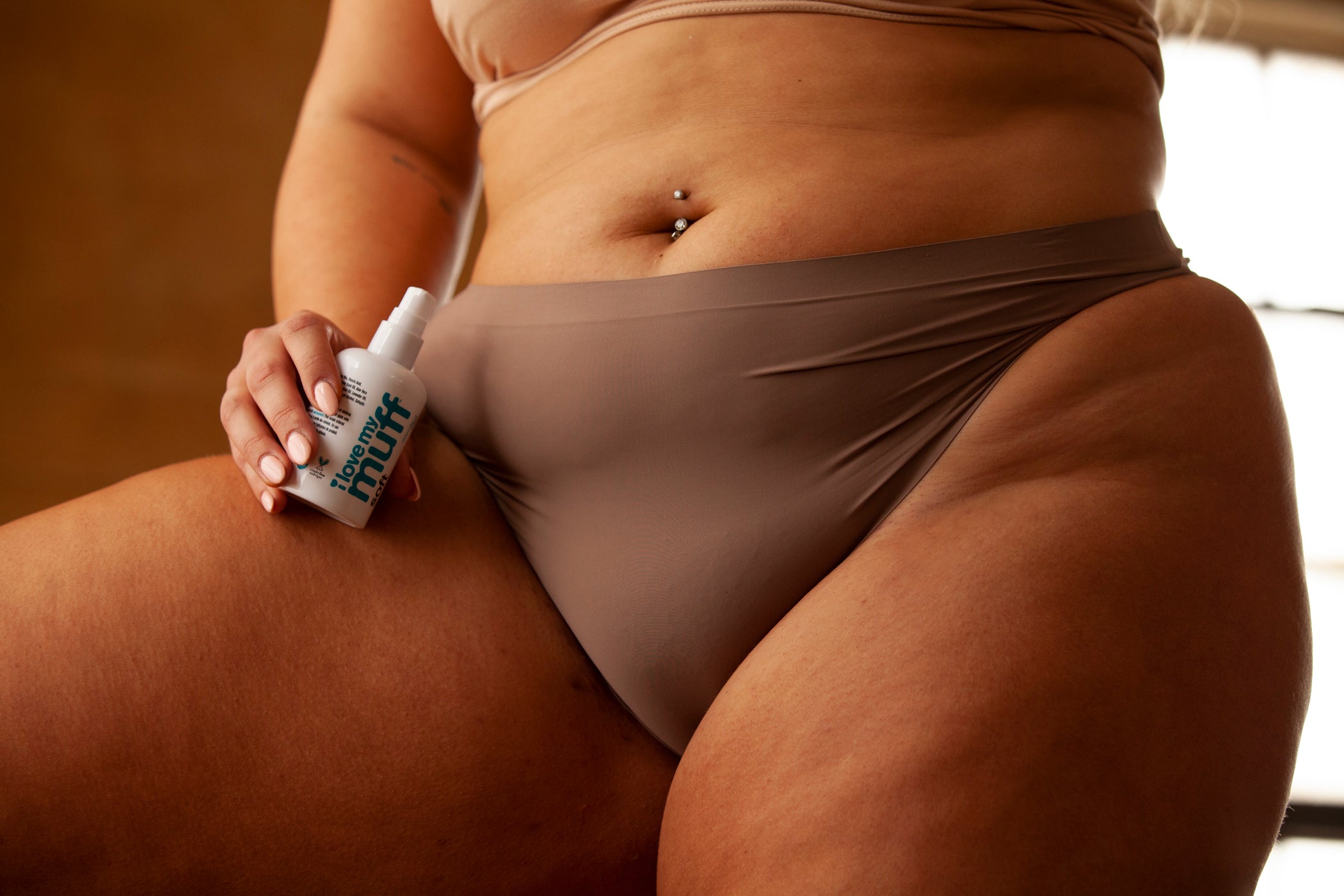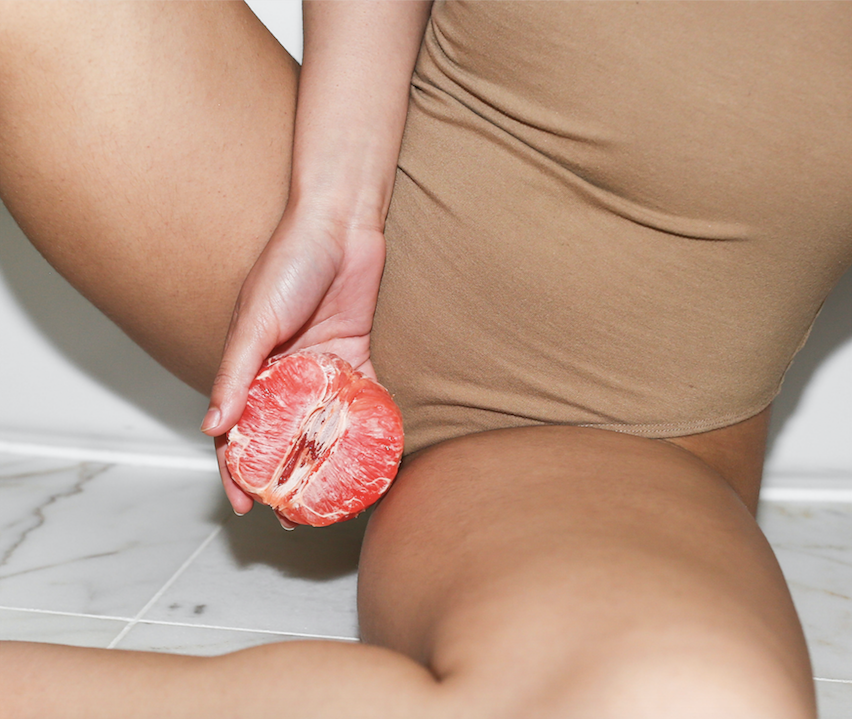WTF is Splinting?!

You may have recently heard about a trick people do when they find themselves feeling...blocked.
This gained momentum when TikTok user Ambria Alice Walter-Field (@ambriaalicewalterfield) posted a video asking people to share why they love their vagina. She went first and said, "You know when you're struggling to go for a poo and you just" (makes a hook sound) "and then it's fine."
The comments section had people agreeing that they do this as well but for others, it was the first they had heard of this tip. This opened a dialogue and prompted her to then post a follow-up video explaining it further, "When you're constipated, and your poop is there but you can't quite push it out—it's like turtling—just put your thumb in your vagina,” Walter-Field says. “You can feel the poop and you can just pop it out."
Among the millions of views, a labor delivery nurse commented and confirmed that they do this for their patient on the down-low during birth when the husband isn’t looking.
So it turns out that this thumb-in-vag trick is actually a medically-approved method to help ease constipation. The official name for this is splinting.
What is splinting?
Splinting involves supporting the perineum (the external area between the rectum and vagina) or the back wall of the vagina to aid a bowel movement.
According to The University of Michigan Medicine, clean, lubricated fingers (even a new tampon) can be used to give stuck stool an assist.
Sometimes, splinting is needed in cases of pelvic organ prolapse (when a body part drops from its normal position, becoming weak or loose). When this happens one or more of the pelvic organs can press into the vagina, causing stool to become blocked, which can make bowel movements difficult. In these cases, splinting can help push the stool back so that it can pass.
Should you try splinting?
Now, just because you can do it, doesn’t mean you should be doing this every time you go number two. If you have pretty normal bowel movements or just occasional constipation, there’s no need for splinting. Not to mention that splinting can be uncomfortable and hard to do in public if you’re not at home.
And even before you try splinting, try to get to the cause of why you are experiencing constipation. Below are a couple of things to consider :
Stay hydrated and aim for at least 21-25 grams of fiber each day to ensure your stool is a consistency that will be easier to pass. If you’re not getting fiber regularly, add it gradually to avoid feeling bloated or gassy.
As for your position on the toilet, try sitting with your legs elevated. This can help ease blocked bowel movements.
If those methods don't work, then give splinting a try. Splinting is sometimes better than straining yourself to evacuate. For women, excessive and chronic straining can actually worsen prolapse and stretch tissue even further. If you experience a difficult BM that leaves your skin feeling uncomfortable, use a gentle, natural, pH balanced lotion to help soothe irritated skin. I Love My Muff Soft Lotion can be used from front to back.
The last note is as always, if you are ever unsure or feel that something doesn’t feel right, please see your doctor. They will be able to better assess your condition and may even recommend pelvic floor physical therapists that can help improve pelvic muscle function.
Muff love.



